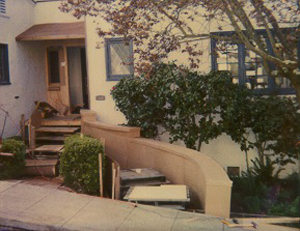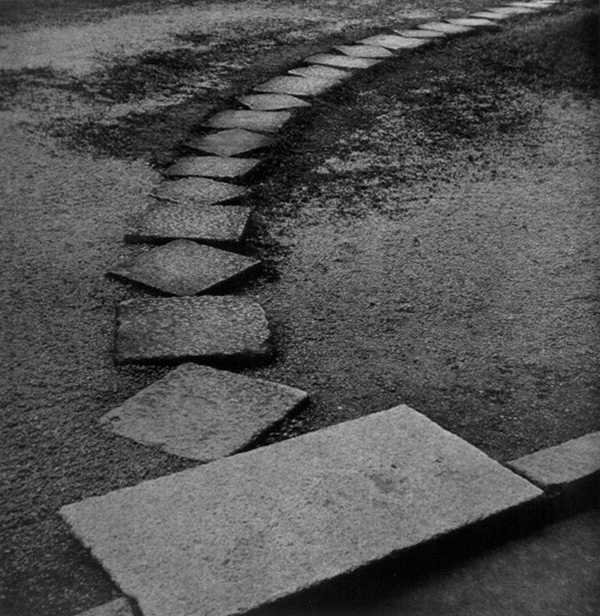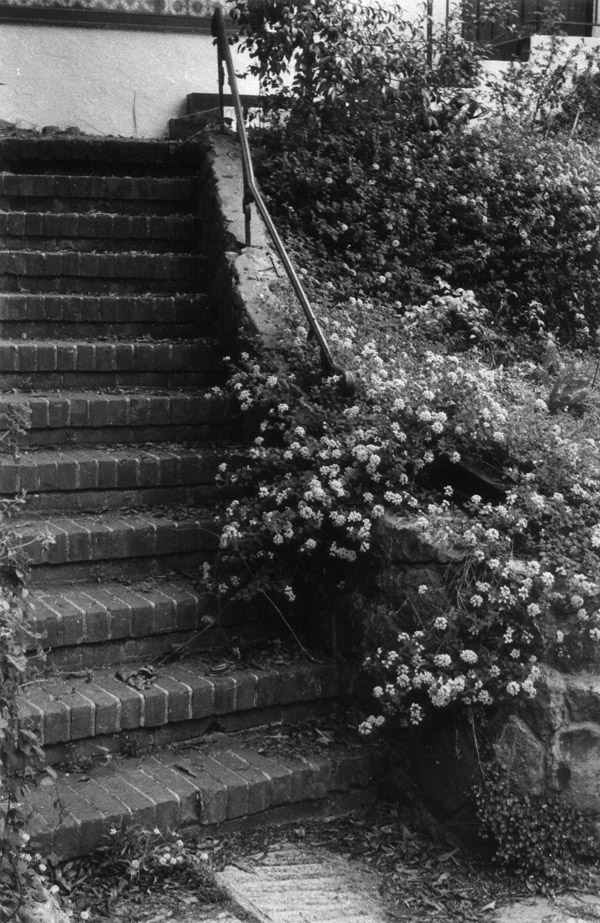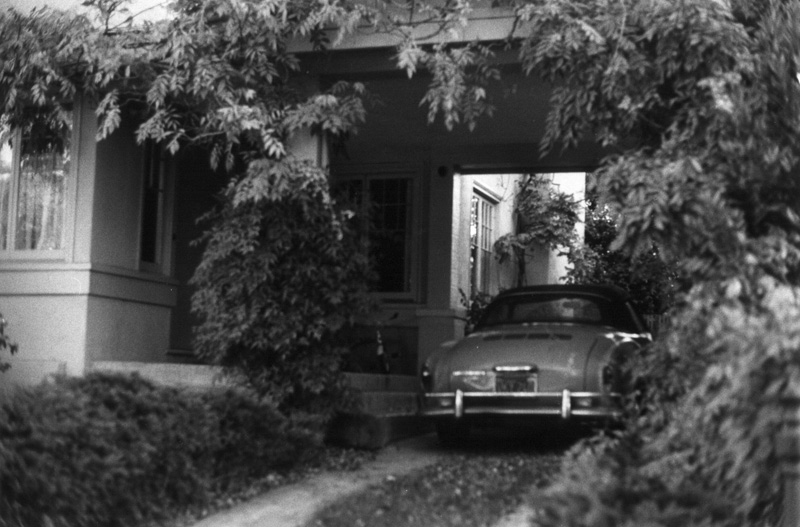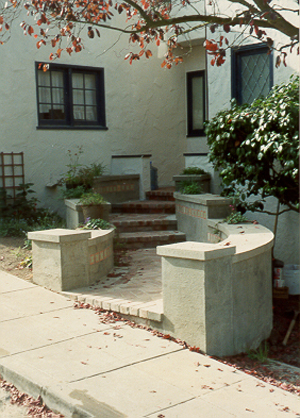An entrance transition is the area between the street and the front door of a building. When it is made well, it makes a transition from public to private, and the outdoor space allows you to be comfortable…
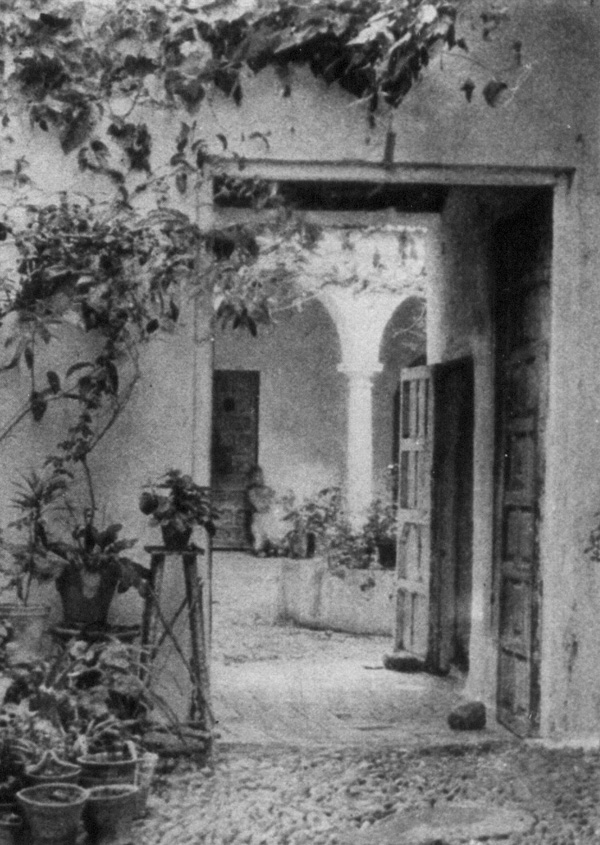
Entrance Transition
…comfortable arriving at the place, and comfortable leaving.
This sequence gives you the tools, in a few steps, to design an entrance transition for your house.
